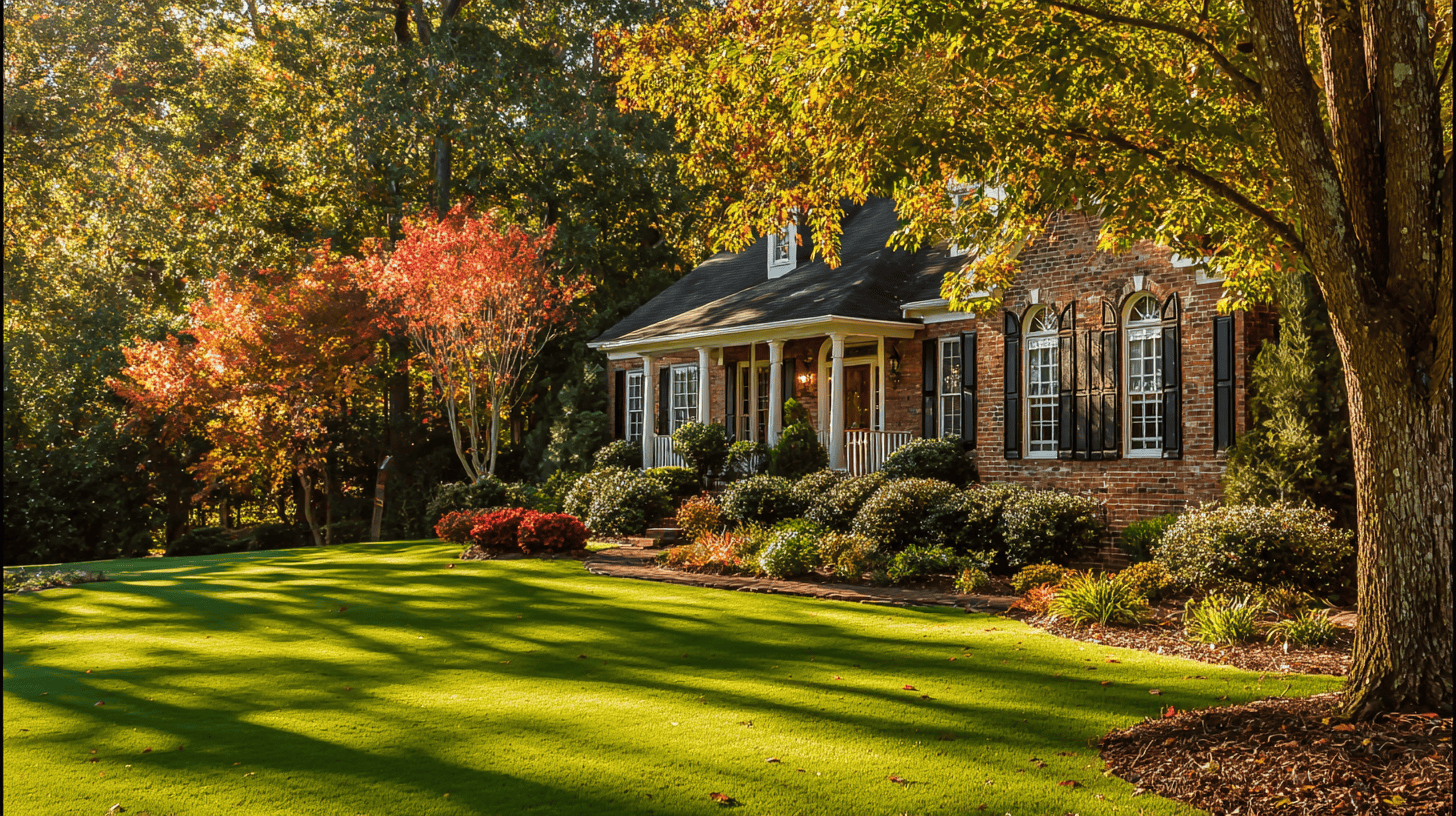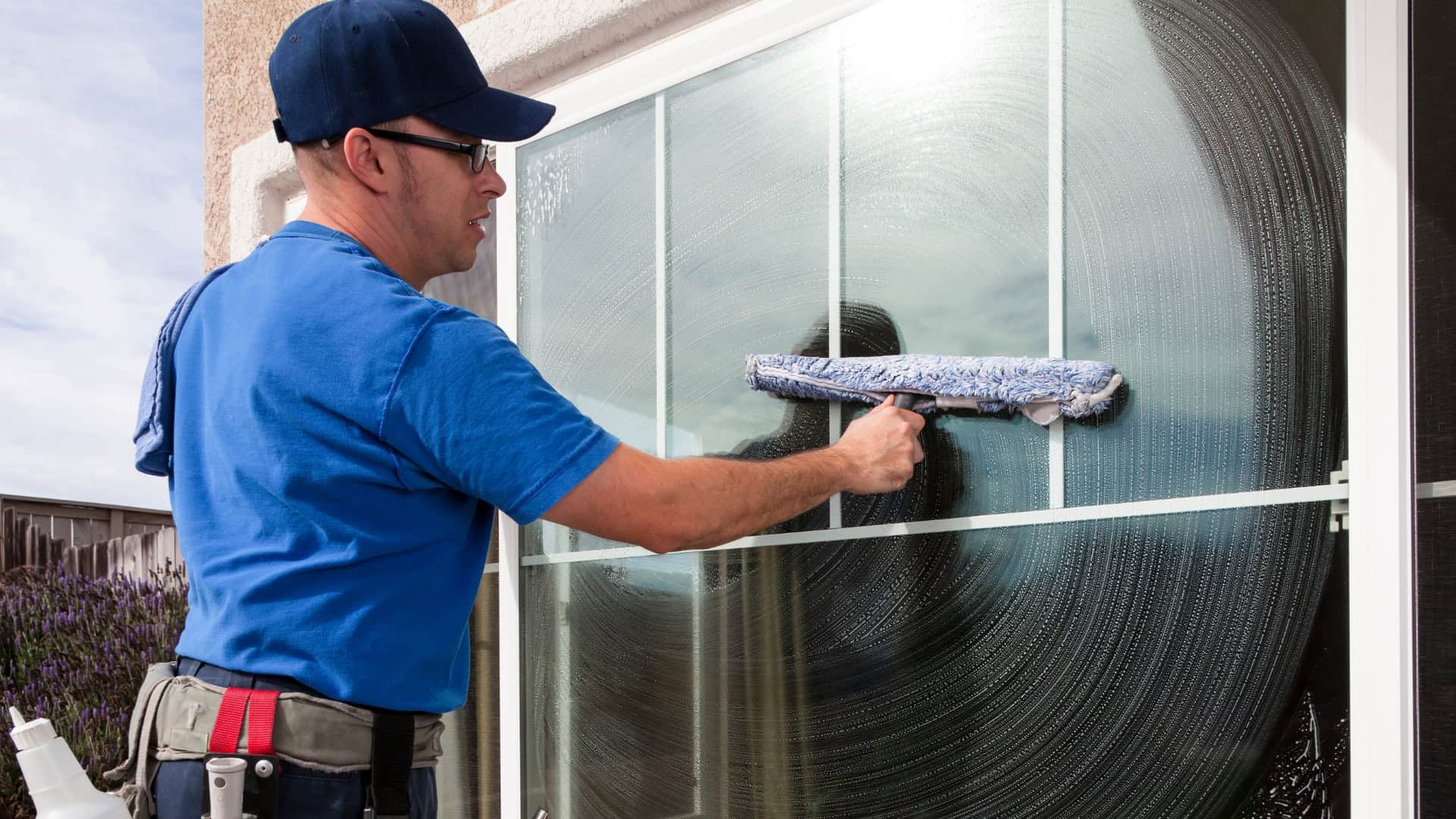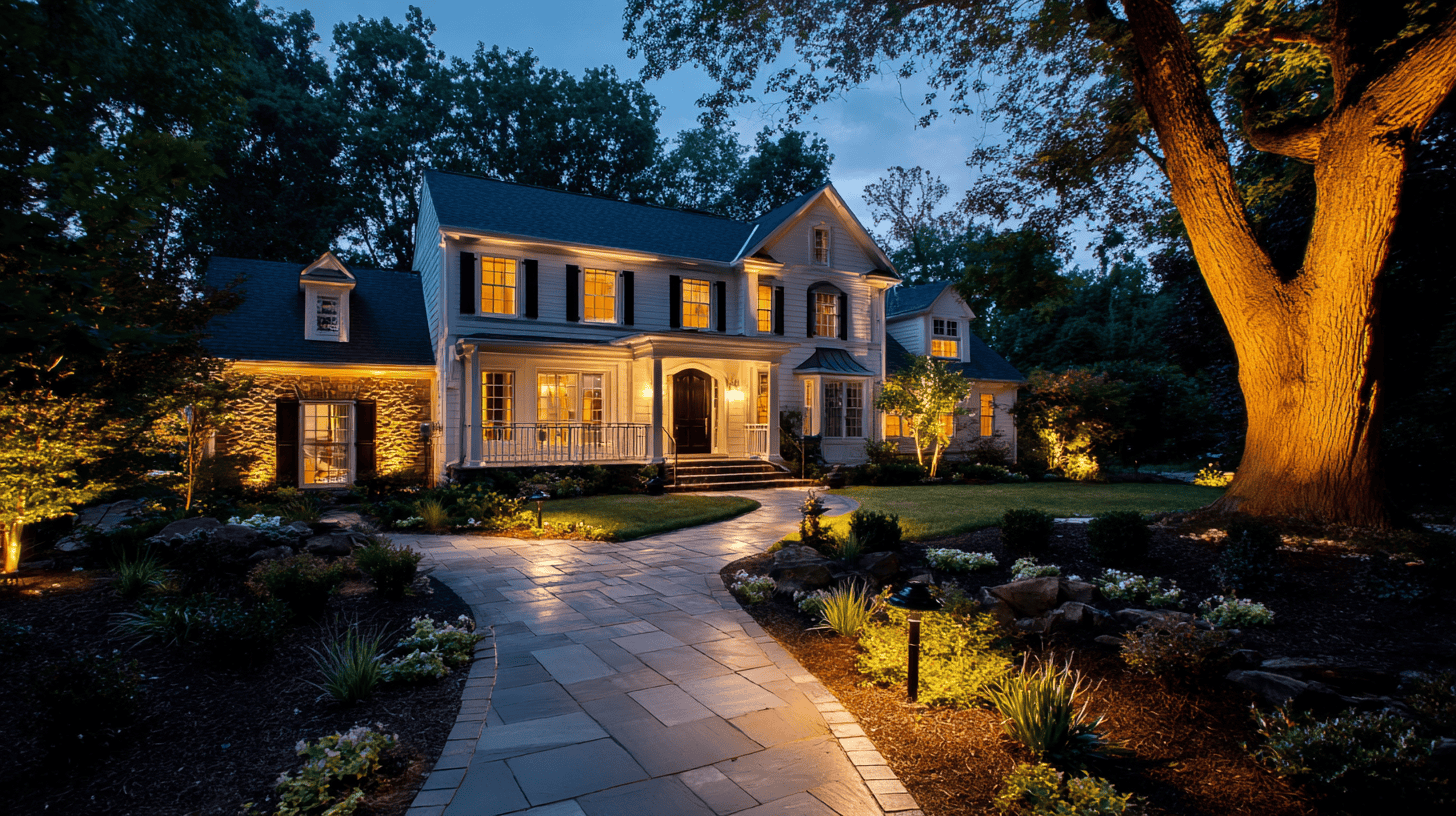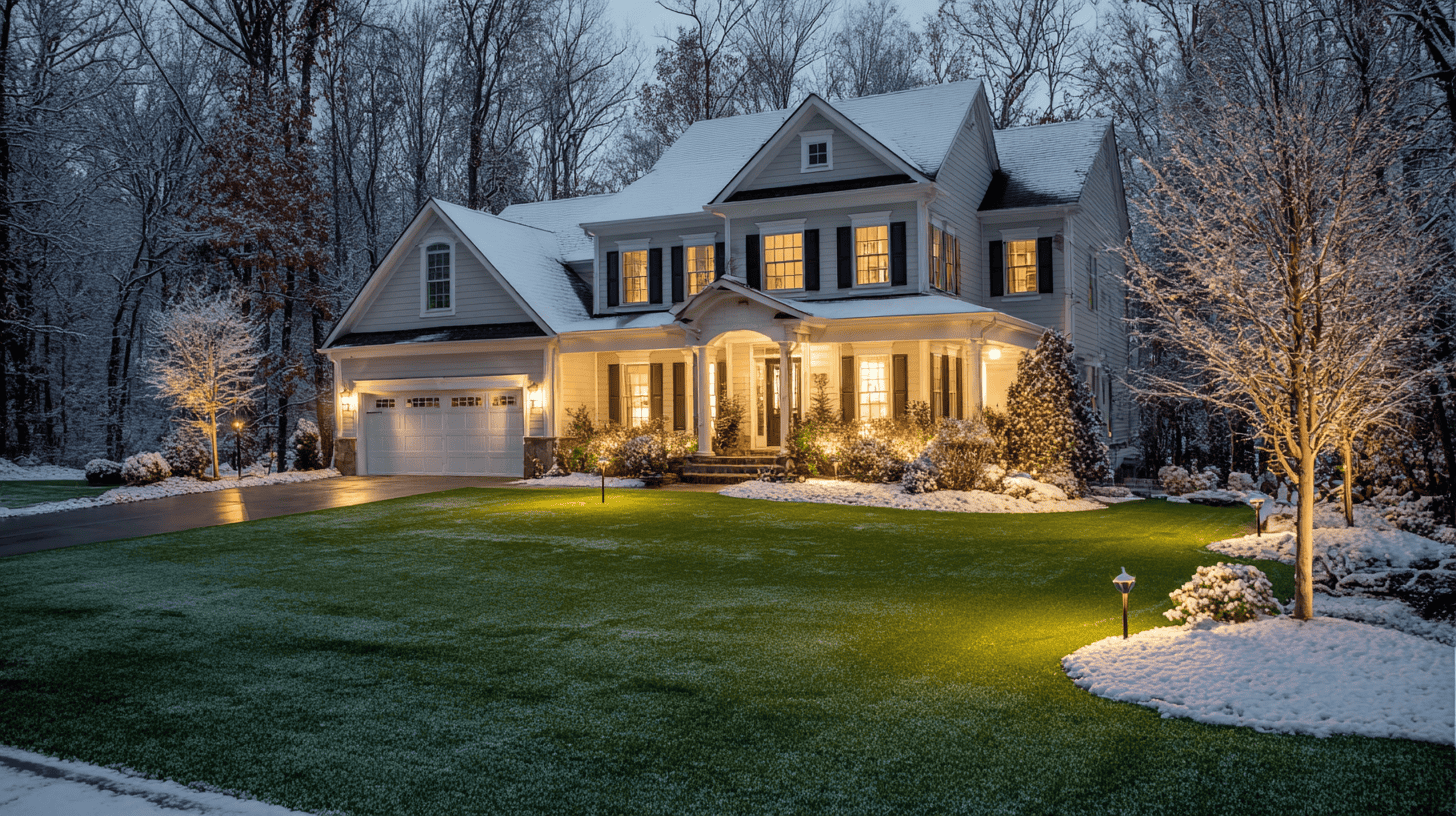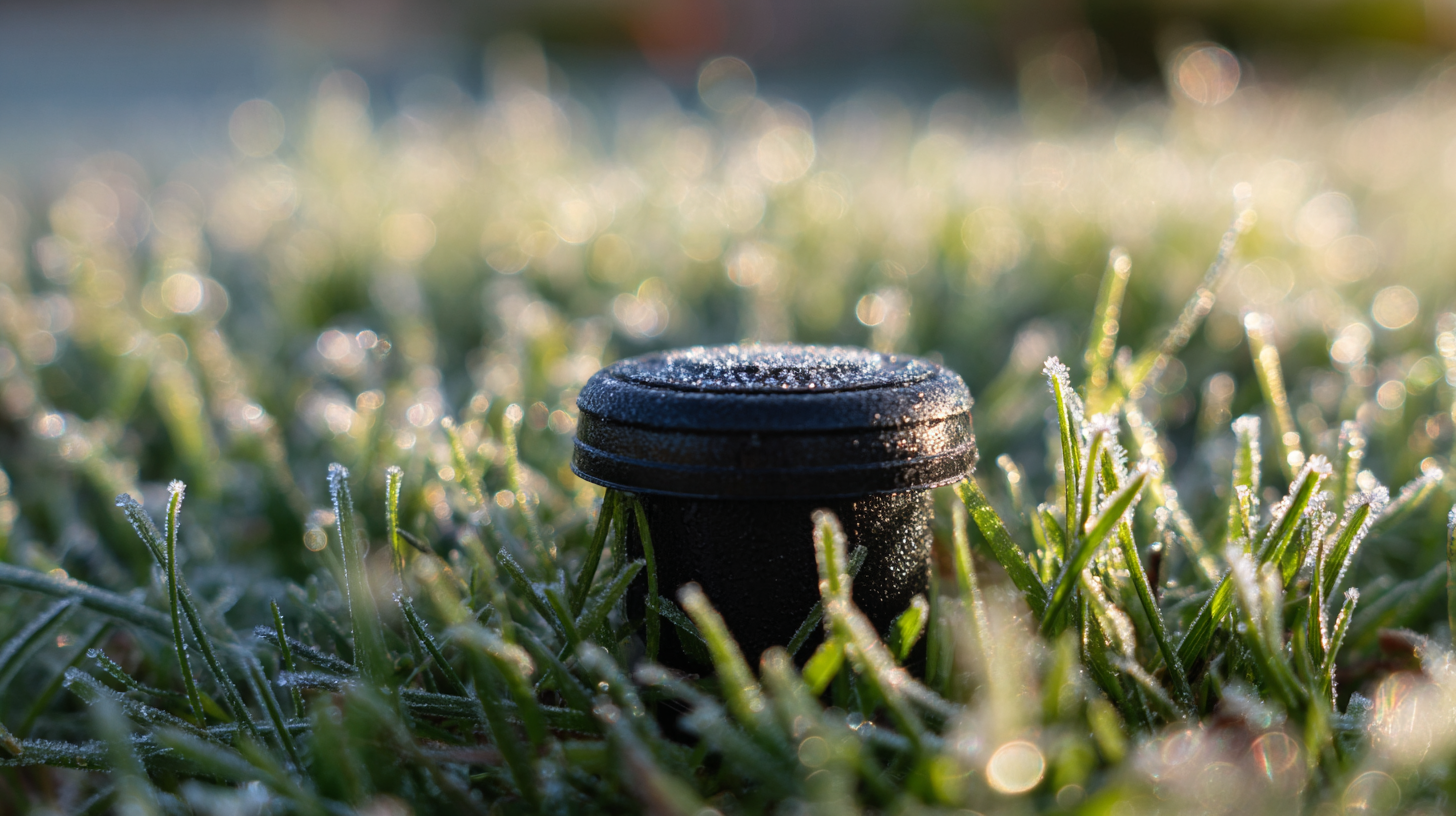
Winterizing Your Irrigation System in Northern Virginia: What Homeowners Need to Know Before a Freeze
As temperatures drop in Northern Virginia, one of the most important things homeowners can do to protect their landscape is winterize their irrigation system. Our region’s freeze thaw cycles can cause serious damage to sprinkler pipes, valves, and backflow devices, leading to expensive repairs when spring arrives.
As temperatures drop in Northern Virginia, one of the most important things homeowners can do to protect their landscape is winterize their irrigation system. Our region’s freeze thaw cycles can cause serious damage to sprinkler pipes, valves, and backflow devices, leading to expensive repairs when spring arrives.
Here’s what you need to know about winterizing your sprinkler system in Northern VA, why timing matters, and how a professional irrigation blowout can save you hundreds in preventable repairs.
Why Winterization Is Essential in Northern Virginia
Northern Virginia isn’t known for extreme winters, but our unpredictable temperature swings are actually more damaging to irrigation systems than consistent cold. We commonly see:
- Sudden overnight freezes in late October through December
- Thaws followed by sharp temperature drops
- Soil that freezes and expands, putting pressure on buried pipes
When water is left in any part of your sprinkler system, it can freeze, expand, and crack the components. Even a hairline fracture can turn into a major leak once the system is restarted in spring.
The Risks of Not Winterizing Your Sprinkler System
Skipping winterization can lead to:
1. Cracked PVC or Poly Pipes
Frozen water expands, which bursts underground pipes, often without homeowners realizing it until spring startup.
2. Damaged Backflow Preventers
These are one of the most expensive components to replace. Freezing can cause the brass body or internal components to crack.
3. Broken Sprinkler Heads
Any standing water inside a sprinkler can freeze and shatter plastic parts.
4. Costly Spring Repairs
Repairs after winter damage often cost significantly more than a scheduled winterization service.
What Is an Irrigation Blowout?
A professional irrigation blowout uses commercial-grade air compressors to safely push all remaining water out of your sprinkler lines, valves, and heads. This ensures your system can’t freeze internally.
Affordable Sprinklers Lighting & Turf uses controlled air pressure specifically designed not to damage delicate irrigation components, something standard home compressors cannot do safely.
If you're in Fairfax, Loudoun, Prince William, or Arlington, getting an irrigation blowout is the most effective way to prevent freeze damage.
When Should Northern Virginia Homeowners Winterize Their System?
For our climate, we recommend scheduling service:
✔ Between mid-October and early November
This window hits before the first hard freeze, which in Northern VA often arrives sooner than people expect.
If you’re unsure whether you’ve missed the deadline, don’t worry, the system can still be winterized even after light frost as long as the ground hasn’t fully frozen. Even if you missed the ideal window, Affordable Lawn can still protect your system before deeper freezes hit.
Benefits of Professional Winterization
Hiring a licensed irrigation professional ensures:
- System is fully drained and protected
- All zones are blown out safely
- Your backflow preventer is properly shut down
- Valves and lines are depressurized the right way
- You receive documentation for service (helpful for warranties!)
The cost is minimal compared to the expensive repairs that often happen after untreated freeze damage.
Schedule Your Winterization Before the First Freeze
Protecting your irrigation system is simple, and Affordable Lawn Sprinklers, Lighting & Turf makes the process quick and hassle-free.
Book your winterization service here
Or call/text the office anytime: 703-289-1155
Don’t wait for the freeze! A fast, professional blowout ensures your system is protected all winter and ready to run smoothly next spring.
More Posts
Covering the DC Metro Area


